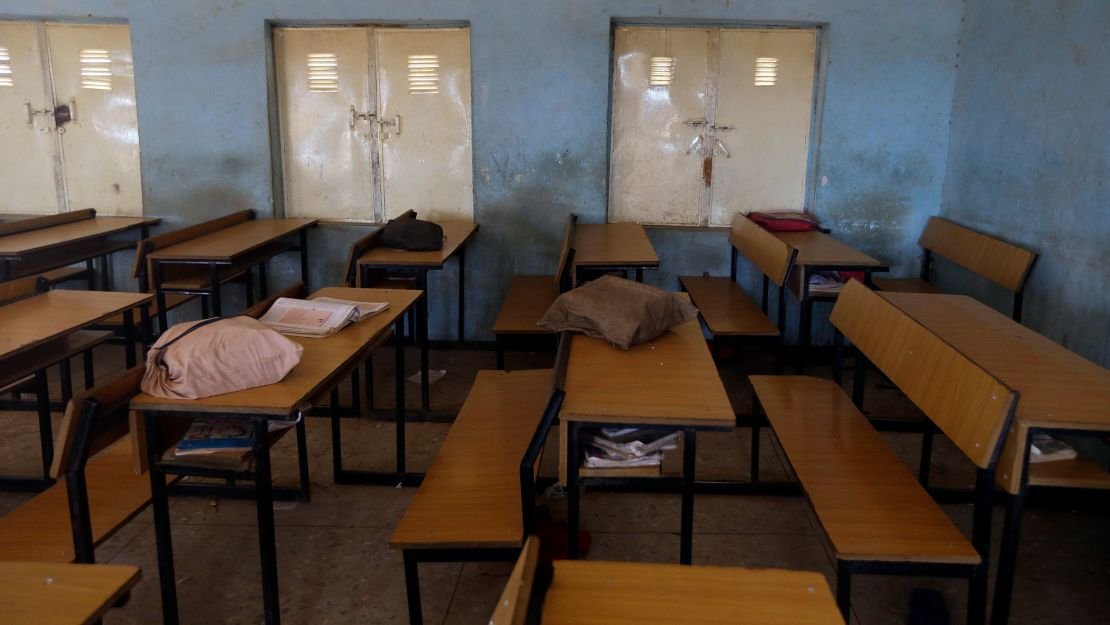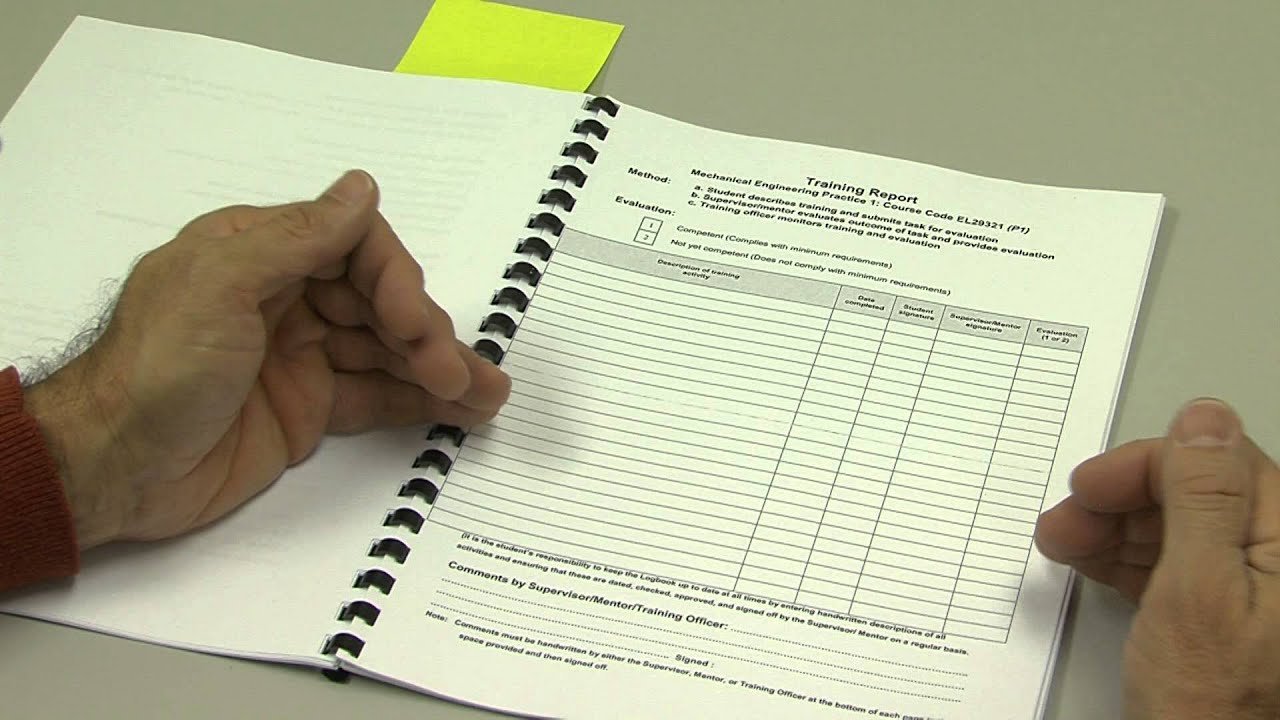What is 6-3-3-4 System of Education?
The 6-3-3-4 system of education is an educational structure that was introduced in Nigeria in 1982 to enhance the nation’s academic framework. The system was designed to provide a more practical and skill-oriented approach to learning. It comprises:
- 6 years of primary education, where foundational literacy and numeracy skills are developed.
- 3 years of junior secondary education (JSS), where students are exposed to both academic and vocational subjects.
- 3 years of senior secondary education (SSS), which allows students to specialize in science, arts, or commercial fields.
- 4 years of tertiary education, which includes universities, polytechnics, and colleges of education.
The 6-3-3-4 system of education was aimed at fostering technical and vocational education to equip students with employable skills. However, despite its intended benefits, the system faced numerous challenges that eventually led to its replacement with the 12-4 model.
CHECK OUT: Secondary School Establishment Approval: Comprehensive Guide to Starting a School in Nigeria – Ultimate Guide to Secondary School Establishment Approval in Nigeria & 9 Essential Requirements You Must Meet
When Did 6-3-3-4 System of Education Started in Nigeria?
The 6-3-3-4 system of education was officially introduced in Nigeria in 1982 as part of a major education reform aimed at improving the country’s learning structure. The system was developed to replace the old 6-5-4 system, which was inherited from the colonial era. The goal of implementing the 6-3-3-4 system of education was to create a more flexible and practical educational framework that would equip students with relevant skills needed for both higher education and employment.
The adoption of the 6-3-3-4 system of education was influenced by the need to integrate vocational and technical education into the school curriculum, ensuring that students had the necessary skills to contribute to national development. However, while the system was widely accepted, challenges in implementation, funding, and infrastructure led to a decline in its effectiveness over the years.
SEE ALSO: School Attendance Tracker: Mastering Weekly Attendance Calculation Plus Top 7 Strategies for Accurate School Attendance Tracker
List of Countries Using the 6-3-3-4 System of Education and the Year They Started
The 6-3-3-4 system of education has been adopted by several countries across different continents. These nations implemented the system at various times to improve their educational structures and enhance skill-based learning. Below is a list of some countries that have adopted the 6-3-3-4 system of education and the year they started:
- Nigeria (1982)
Nigeria was among the first countries to implement the 6-3-3-4 system of education as part of its education reform to replace the old colonial 6-5-4 system.
- Ghana (1987)
Ghana adopted the 6-3-3-4 system of education to strengthen its basic education framework and integrate technical and vocational training into the school curriculum.
- United States (1900s, Variations of 6-3-3-4)
While the structure of education in the United States varies by state, some educational districts follow a 6-3-3-4 model, where elementary, junior high, senior high, and tertiary education are structured similarly.
- Japan (1947)
Japan implemented a system similar to 6-3-3-4, where students undergo 6 years of primary school, 3 years of junior high school, 3 years of senior high school, and 4 years of university education.
- South Korea (1951)
South Korea’s education system closely resembles the 6-3-3-4 structure, emphasizing academic excellence and technical skills from early childhood through higher education.
- China (1985, Partial Implementation)
China introduced reforms in 1985 that included elements of the 6-3-3-4 system of education, particularly in urban areas, where students progress through 6 years of primary, 3 years of junior secondary, and 3 years of senior secondary education before university.
- Malaysia (1970s, Modified 6-3-3-4 System)
Malaysia follows a modified version of the 6-3-3-4 education system, incorporating strong vocational and technical components into the junior and senior secondary levels.
- Philippines (Before K-12 Reform in 2012)
The 6-3-3-4 system of education was used in the Philippines before the country transitioned to the K-12 system in 2012, which extended basic education to 12 years.
- India (Implemented in Some States, 1980s–1990s)
Certain Indian states adopted an education model similar to 6-3-3-4, particularly for structuring primary, secondary, and tertiary education.
- Kenya (1985)
Kenya adopted the 8-4-4 system, which has similarities to the 6-3-3-4 system of education, particularly in the emphasis on vocational training and skill development.
The 6-3-3-4 system of education has been widely implemented across different countries to structure education more effectively. However, many of these nations have since modified their systems to meet modern educational demands.
READ ALSO: Nutritious African Baby’s Pap: How To Make Pap – 9 Ultimate Guide to Making Healthy Akamu for Babies and Families
Nigeria 6-3-3-4 Educational System Was Adopted From Where?
The 6-3-3-4 system of education in Nigeria was adopted from the United States of America (USA). This structure was introduced in 1982 to replace the colonial-era education system inherited from the British. The 6-3-3-4 system of education represents six years of primary education, three years of junior secondary school, three years of senior secondary school, and four years of tertiary education.
The system was designed to provide a more vocational and technical-based education, preparing students for employment or higher education. Unlike the British 6-5-2-3 system, which emphasized academic learning, the 6-3-3-4 system of education aimed to equip students with practical skills early on.
Over the years, challenges such as poor implementation, inadequate facilities, and insufficient teacher training have affected its success. However, the 6-3-3-4 system of education remains a significant part of Nigeria’s educational framework, shaping the nation’s learning structure.
CHECK OUT: How to Make Money from Home — A Beginner’s Guide to Freelance Opportunities
Understanding the 6-3-3-4 System of Education
The 6-3-3-4 system of education was introduced in 1982 to provide a balanced academic and vocational training structure. It comprised:
- 6 years of primary education
- 3 years of junior secondary education (JSS)
- 3 years of senior secondary education (SSS)
- 4 years of tertiary education
This system aimed to integrate vocational skills into secondary education, ensuring that students who did not proceed to higher education had employable skills. However, despite its objectives, the 6-3-3-4 system of education encountered several setbacks that ultimately led to its replacement.
READ ALSO: School statutory Records: 27 Ultimate Guide to Mandatory School statutory Records for Exceptional Educational Management & 12 Frequently Asked Questions on School Statutory Records
Challenges of the 6-3-3-4 System of Education
Despite its long-term implementation, the+ 6-3-3-4 system of education faced various challenges that undermined its effectiveness. These challenges include:
- Poor Implementation
The 6-3-3-4 system of education was poorly implemented due to a lack of infrastructure, trained teachers, and resources, particularly in rural areas.
- Inadequate Vocational Training
Although the system was designed to incorporate vocational training at the JSS level, most schools lacked the necessary equipment and skilled instructors to provide practical education.
- Funding Constraints
The system suffered from inadequate funding, which led to shortages in essential resources such as textbooks, science laboratory equipment, and technological tools needed for effective learning.
- Overcrowded Classrooms
Public schools in Nigeria often experienced overcrowded classrooms, making it difficult for teachers to provide personalized attention to students.
- Curriculum Inconsistencies
Frequent changes in the national curriculum led to inconsistencies, making it difficult for students and teachers to adapt to new educational directives effectively.
- High Dropout Rates
Economic hardships and systemic issues resulted in many students dropping out before completing their JSS or SSS education.
CHECK OUT: Weekly Attendance Percentage: 22 Proven Strategies Every Teacher Must Know to Simplify Per Student Tracking and Boost Classroom Engagement
The New 12-4 Model of Education
With the abolition of the 6-3-3-4 system of education, the Federal Government has introduced the 12-4 model, which consists of:
- 12 years of uninterrupted basic education (covering primary and secondary education)
- 4 years of tertiary education
This new model aims to eliminate the distinction between JSS and SSS while ensuring a smoother and more structured transition to tertiary education.
Objectives of the 12-4 Model
The Federal Government introduced the 12-4 model with the following objectives:
- Standardized Curriculum
The new system seeks to implement a unified curriculum nationwide, ensuring that all students receive consistent and high-quality education.
- Reduction of Dropout Rates
By removing systemic barriers and ensuring free and compulsory education for 12 years, the government hopes to reduce the number of students who drop out before completing secondary education.
- Emphasis on Vocational Skills
The new model incorporates vocational and technical training throughout the 12-year basic education period, ensuring that students graduate with marketable skills.
- Improved Tertiary Education Readiness
By providing a more structured and continuous education framework, the 12-4 model prepares students more effectively for higher education and professional careers.
READ ALSO: WAEC 2025 Registration : Deadlines, Study Tips, Success Secrets from Top Scorers & 8 Easiest Steps For School Candidates, And Private Candidates Registrations
Implementation Strategies for the 12-4 Model
To ensure the successful implementation of the 12-4 model, the government has outlined key strategies:
- Infrastructure Development
Investments will be made to build and renovate schools, equip laboratories, and provide modern learning facilities.
- Teacher Training and Recruitment
The government plans to train and recruit qualified educators to ensure that the new curriculum is effectively delivered.
- Curriculum Reformation
A restructured curriculum will be introduced, emphasizing STEM (Science, Technology, Engineering, and Mathematics), vocational training, and entrepreneurship education.
- Increased Funding
The education sector will receive increased budgetary allocations to support the new system’s sustainability and effectiveness.
Potential Challenges of the 12-4 Model
Although the 12-4 model is designed to address the shortcomings of the 6-3-3-4 system of education, it may face challenges such as:
- Resistance to Change: Stakeholders, including teachers and students, may struggle to adapt to the new system.
- Financial Constraints: The transition will require significant financial investment, which may pose challenges in a country with existing budgetary constraints.
- Implementation Gaps: Ensuring that policies are effectively executed nationwide remains a concern.
CHECK OUT: AI in Education: 7 Amazing & Simple Steps On How To Use AI To Write A Standard Teacher’s Weekly Lesson Note With Samples [AI in Education -The Future of Learning in 2025 and Beyond]
Breaking News from Nigeria on 6-3-3-4 System of Education
The Federal Government has officially announced the abolition of the 6-3-3-4 system of education in Nigeria, replacing it with a 12-4 model. This reform eliminates Junior Secondary School (JSS) and Senior Secondary School (SSS), introducing a compulsory 12-year uninterrupted basic education before students can pursue higher education.
Speaking at the 2025 Extraordinary National Council on Education (NCE) meeting in Abuja, the Minister of Education, Dr. Tunji Alausa, explained that this shift aligns with global best practices and aims to improve educational outcomes. Under the new model, students will receive 12 years of continuous foundational learning, ensuring a uniform curriculum across the country.
The 6-3-3-4 system of education, which has been in place since 1982, faced numerous challenges, including high dropout rates, financial constraints, and systemic inefficiencies. By integrating secondary education into basic education, the government aims to reduce school dropouts, enhance vocational and entrepreneurial training, and equip students with digital literacy skills.
Additionally, the government has proposed 16 years as the minimum age for entry into tertiary institutions to ensure students receive adequate foundational education before specialization. This reform is expected to boost national development, reduce child labor, and align Nigeria’s education system with international standards.
To implement these changes successfully, the government plans to expand infrastructure, enhance teacher training, reform policies, and strengthen funding partnerships. The new system is seen as a bold step toward creating a more inclusive, equitable, and competitive education system in Nigeria.
For more details, check out:
🔗 Federal Ministry of Education – Official Website
🔗 National Council on Education (NCE) Updates
🔗UNESCO Education Reforms and Policies
Conclusion
The 6-3-3-4 system of education has been officially replaced by the 12-4 model, marking a significant transformation in Nigeria’s academic framework. While the old system faced numerous challenges, the new model promises a more structured and globally competitive education system. However, its success will depend on proper implementation, adequate funding, and stakeholder cooperation. As Nigeria embarks on this new educational journey, it remains to be seen how effectively the new structure will address the nation’s longstanding educational challenges.





